In case you didn't know, November is Native American Heritage Month.
With that in mind, it’s important that we understand that without action and willingness to learn, months like these become performative, not acknowledging historic systemic discrimination.
Here are a few ways to use this month as a reminder and catalyst for the rest of the year:
🌱 Support Indigenous businesses and artists.
🌱 Support local and national Land Back movements.
🌱 Learn about the original Indigenous inhabitants of your local area.
🌱 Use your voting power to aid Indigenous communities and support Indigenous history in schools.
National “American Indian” Heritage Month was first established for November in 1990 under president George H. W. Bush with the intent to acknowledge the Indigenous peoples of the Americas and recognize their contributions to the U.S.
The public law even goes as far to acknowledge in writing the original ownership of the Americas to the Indigenous peoples, stating,
“American Indians were the original inhabitants of the lands that now constitute the United States of America,” H.J. Res. 577.
But many Indigenous people before 1990 fought for this month and for recognition.
Dr. Arthur C. Parker (Seneca), Director of the Museum of Arts and Science in Rochester, N.Y. partnered with the Boy Scouts of America to set aside a day for the “First Americans” and for three years they adopted such a day.
Rev. Sherman Coolidge (Arapahoe), the President of the American Indian Association issued a proclamation on Sept. 28, 1915, which declared the second Saturday of each May as an American Indian Day.
In 1914, Red Fox James, (Blackfoot) rode horseback from state to state seeking approval for a day to honor Indians.


